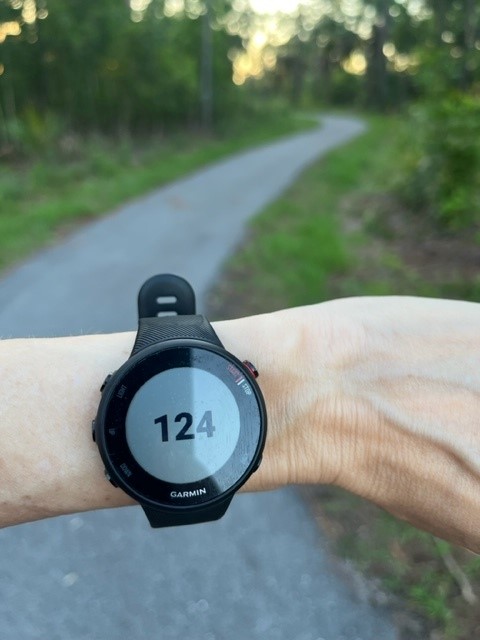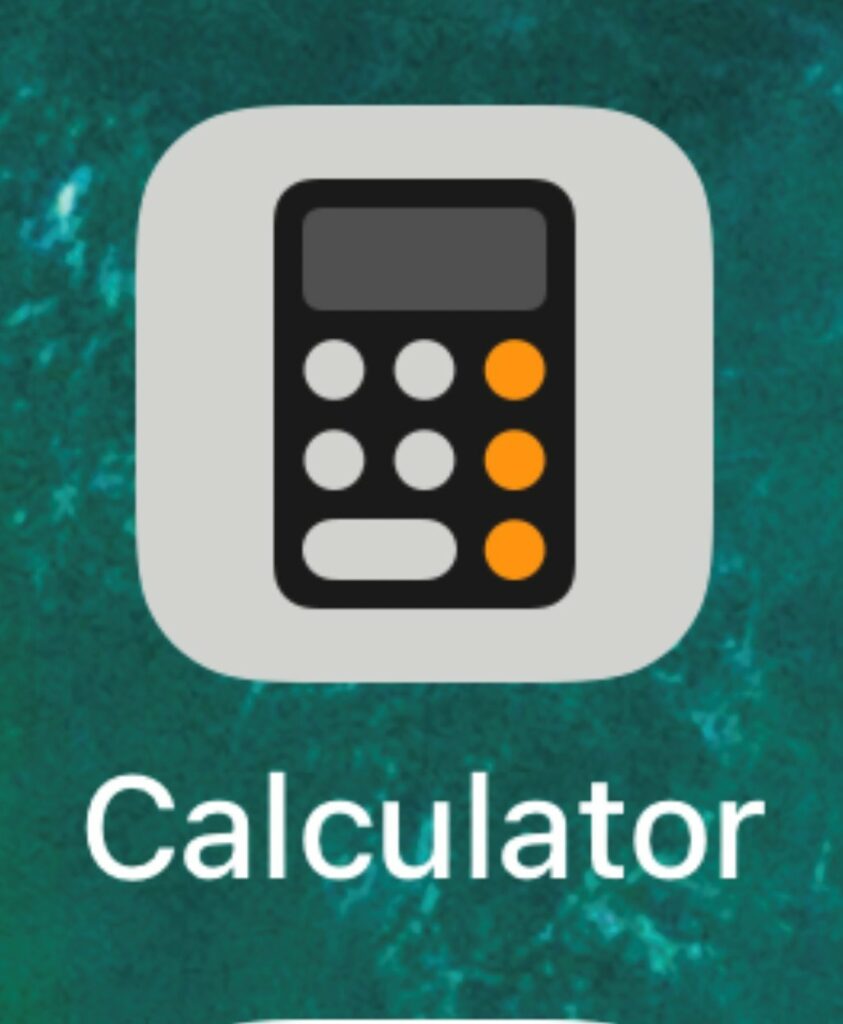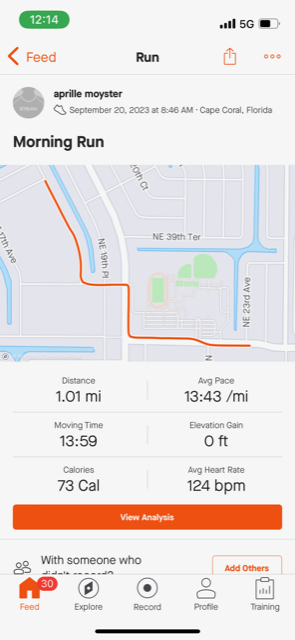
Are you looking to get more from your walking workout to optimize the time you are exercising? Walking at different intensities using heart rate zones is a great way to boost your training and reach your goals.
In general, monitoring heart rate can be an effective way to enhance a walking workout to improve health and wellbeing. There are many benefits to monitoring heart rate while walking such as injury prevention and maximizing performance. It can be a useful tool to objectively measure progress and provide motivation to reach fitness goals.
Walking is the most natural form of movement for our bodies. Sadly, most of us do not get enough of it as many jobs require standing or sitting for extended periods. As a result, most of us are not getting the most out of walking for exercise. Read on for some tips on how monitoring your heart rate can take your walk to the next level.
Benefits of Monitoring Heart Rate During Walking
Using a heart rate monitor when walking for exercise is an excellent way to get the most out of workout. Below are just some of the many benefits of using a heart rate monitor to boost your exercise routine.
Ensures safety and prevents over-exertion
Monitoring your heart rate while exercising can provide valuable information about exercise intensity and cardio health. Walking too intensely for too long can cause over-exertion such as dizziness or fatigue and can even lead to injury.
A sudden increase in heart rate can be a warning sign of dehydration, heat exhaustion, or some other health issue. In addition, regular monitoring can help detect abnormalities such as sudden spikes or irregular heart rate that need medical attention.
Helps in setting and achieving fitness goals
Monitoring your heart rate to stay in a target heart rate zone during your walking workout is easy and measurable. It allows you to objectively adjust to the intensity that aligns with your fitness goals.
Tracking your heart rate can provide motivation and structure to your walking workouts. Seeing your progress over time can further fuel your desire to reach your goals. For more on setting fitness goals see my article here.
Maximizes calorie burn and fat loss
The harder your body is working, the more calories you will burn. If your goal is to lose weight, you want your body to be in a calorie deficit at the end of the day.
The optimal heart rate zone for fat loss is shown to be between 60- 80% of max heart rate. Staying on the lower end of this range burns the highest percentage of fat and is recommended for beginner exercisers.
Provides real-time feedback on workout intensity
Walking can be tricky when it comes to optimizing your workout. It can be a struggle for many to walk brisk enough to reach or maintain an aerobic level.
In addition, there are other factors such as temperature, humidity, and stress levels that can impact the intensity of walking workout. Monitoring your heart rate is one of the best ways to ensure you are exercising at the targeted intensity.
Steps to Monitor Heart Rate
Choose the right monitor for you

There are a lot of options for tracking your heart rate so choosing the best one for you is important. Some of the many options include chest strap monitors, fitness trackers, smart watches, and running watches.
Each monitor serves a slightly different purpose or need such as accuracy, price, style, and convenience. For lower impact exercises like walking, most devices have a high degree of accuracy and there are many affordable options.
For more information on comparing affordable monitors that stand the rigors of running, see my article here.
Calculate target heart rate zone

There are generally five different heart rate zones that are based on percentage ranges of maximum heart rate. Determining your max heart rate is the first step in determining what your heart rate ranges are for each zone.
| Zone | Intensity | Cardio Workout | Percentage of Max HR | Purpose (how enhances performance) |
| 1 | Very light | Easy | 50–60% | Increases overall fitness and encourages blood flow to the muscles |
| 2 | Light | Aerobic | 60–70% | Builds aerobic engine and fat-burning engine |
| 3 | Moderate | Aerobic | 70–80% | Improves endurance and raises aerobic metabolism |
| 4 | Hard | Anaerobic threshold | 80–90% | Improves endurance by raising lactate threshold |
| 5 | Maximum | Anerobic | 90–100% | Improves VO2max, running speed, and running economy |
You can use the calculator here to find your heart rate ranges based on either your age or your actual max heart rate. The ranges are approximate as heart rate is influenced by many things such as gender, fitness level, and genetics.
The most popular and beneficial zone for most of your workouts is Zone 2 or 3. However, there are many benefits to including small doses of higher intensity training such as HIIT workouts.
See my article here for more information on using heart rate monitors for HIIT training.
Wear your heart rate monitor correctly
The monitor needs to be in contact with the skin for the most accurate readings. Water, sweat, tattoos and anything that can cause friction between the monitor and you skin can impact accurate readings.
Chest monitors should be worn just below the breast area as they pick up the electrical current of the heart. Wrist worn monitors are optical and need to be fitted well to pick up the readings of your pulse.
For women wearing a chest strap can be tricky as this will be where your bra strap typically rests. See my article here for more on wearing a chest strap for women.
Begin your walking workout
Start off at a gentle pace to warm-up and gradually increase your pace until you reach your target heart rate. Monitor your heart rate during your walk and adjust your pace to stay within your target heart rate.
If you are new to exercise you may want to start of with walking just 10-15 minutes. Even small amounts are beneficial and can help you stick with an exercise routine.
Besides tracking your heart rate, many monitors can also track your pace and total time spent exercising. Seeing progress with these metrics over time is a great motivator to keep up the routine and reach your goals.
Tips for Effective Workout with Heart Rate Monitor
- Wear comfortable shoes designed for walking or running. See my article here that explains many reasons for buying a running shoe that also apply for walking.
- Be sure to warm up and cool down.
- Be consistent in monitoring heart rate during your walk.
- Avoid distractions. Talking on a phone can be a big distraction, your pace will likely slow, and you will forget to monitor your heart rate.
- Always listen to your body.
Common Pitfalls to Avoid
- Going off of perceived effort. This can be deception as you may not be working hard enough or may be working too hard. There are many factors that can influence how we feel that can be more subjective than objective. Heart rate takes the guess work out of how heart you are actually working.
- Ignoring other vital signs. While your heart rate is a great metric for how hard your heart is pumping, it doesn’t give you the complete picture. For example, it can’t tell how your back is feeling. Pain and soreness are signals that the body isn’t fully recovered or there is a problem. Always listen to your body as you may be better off resting than going for that walk.
- Failing to customize heart rate zones. Each person’s heart rate and ranges are specific to them based on their fitness level, age, genetics, and other factors. To get the most from your workout be sure to find the appropriate ranges based on your max heart rate as noted above.
My Experience Monitoring Heart Rate Walking

I have done more walking for exercise in the past year than I ever have. I started using a heart rate monitor out of curiosity, but now use it to optimize my workout.
Since I don’t like walking and I’m a naturally slow walker, I really have to push myself. Using a heart rate monitor has been a surprising journey as I find I have learned to walk faster over time.
Before this journey, the fastest I could walk was a 15-minute mile for short periods of time. Rarely could get my heart rate up into Zone 2 and keep it there for any length of time.
I can now walk a 13-minute mile which is the same pace as my slow runs. My heart rate is lower than my runs at the same pace and I’m able to stay in Zone 2.
Using a heart rate monitor with my walking workouts helped me reach my fitness goal. This year I had the goal of completing an Ultra-Marathon and my walking workouts were key to my success (see my video here).
Key Takeaways
Walking is great for you no matter how much or little you do. However, many of us with limited time want to make the most of the time we have to walk for exercise. Monitoring your heart rate while walking is an excellent way to get the most out of your workout.
Walking with a heart rate monitor can dial in your workout and help you reach your fitness goals. Why not try out heart rate training on your next walk. You may be surprised to see how such a simple device can pack a powerful punch for your new power walk.